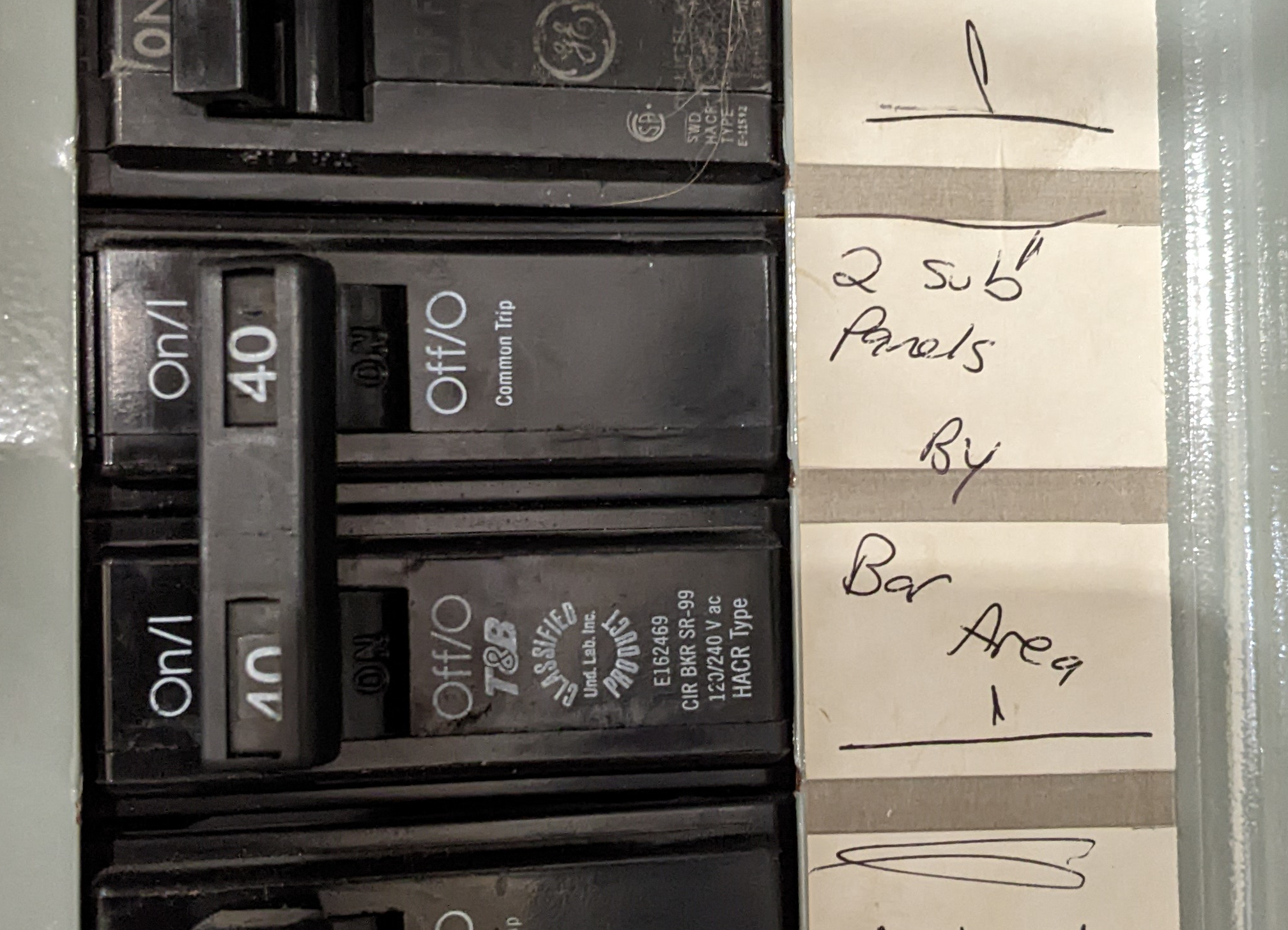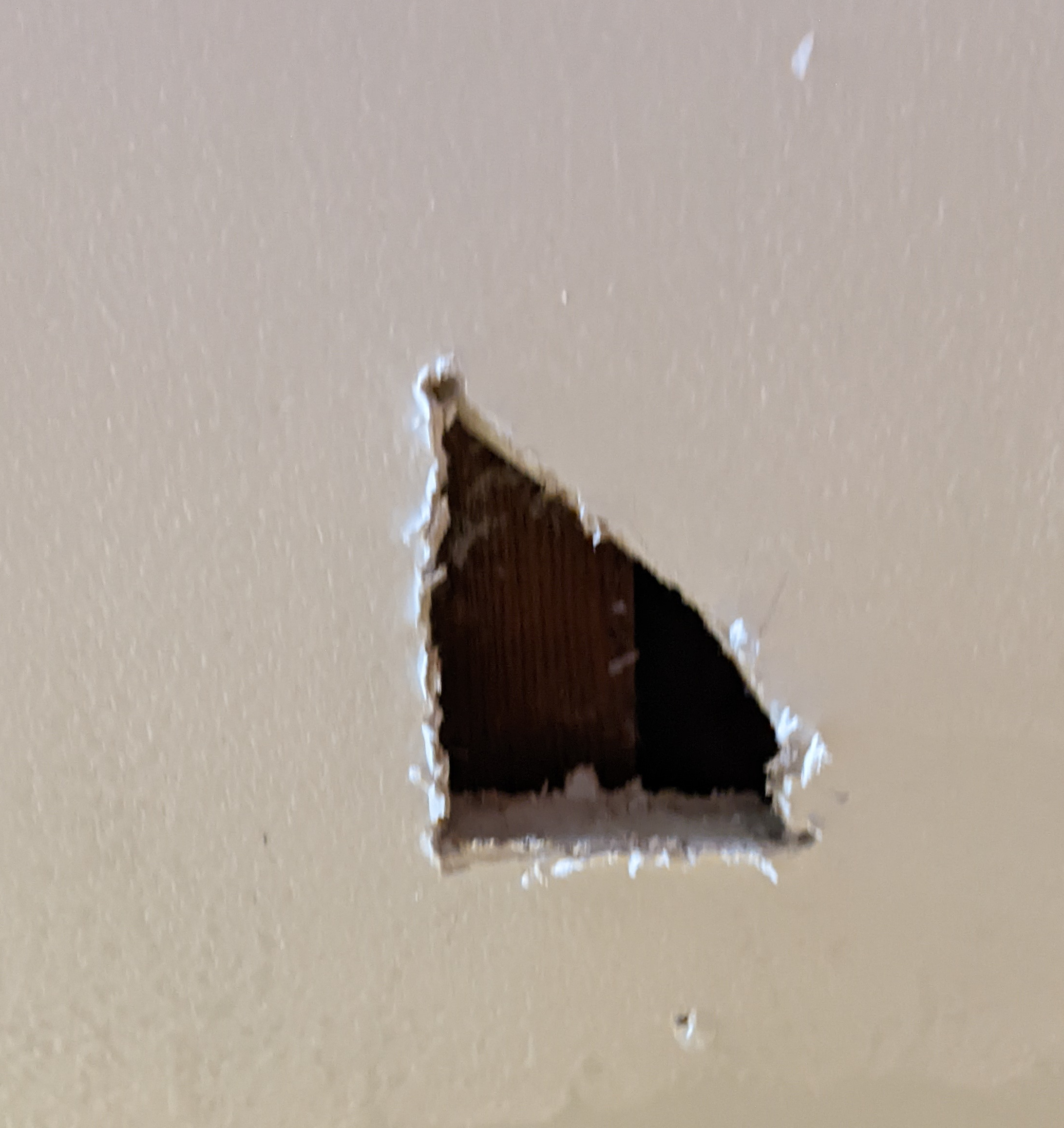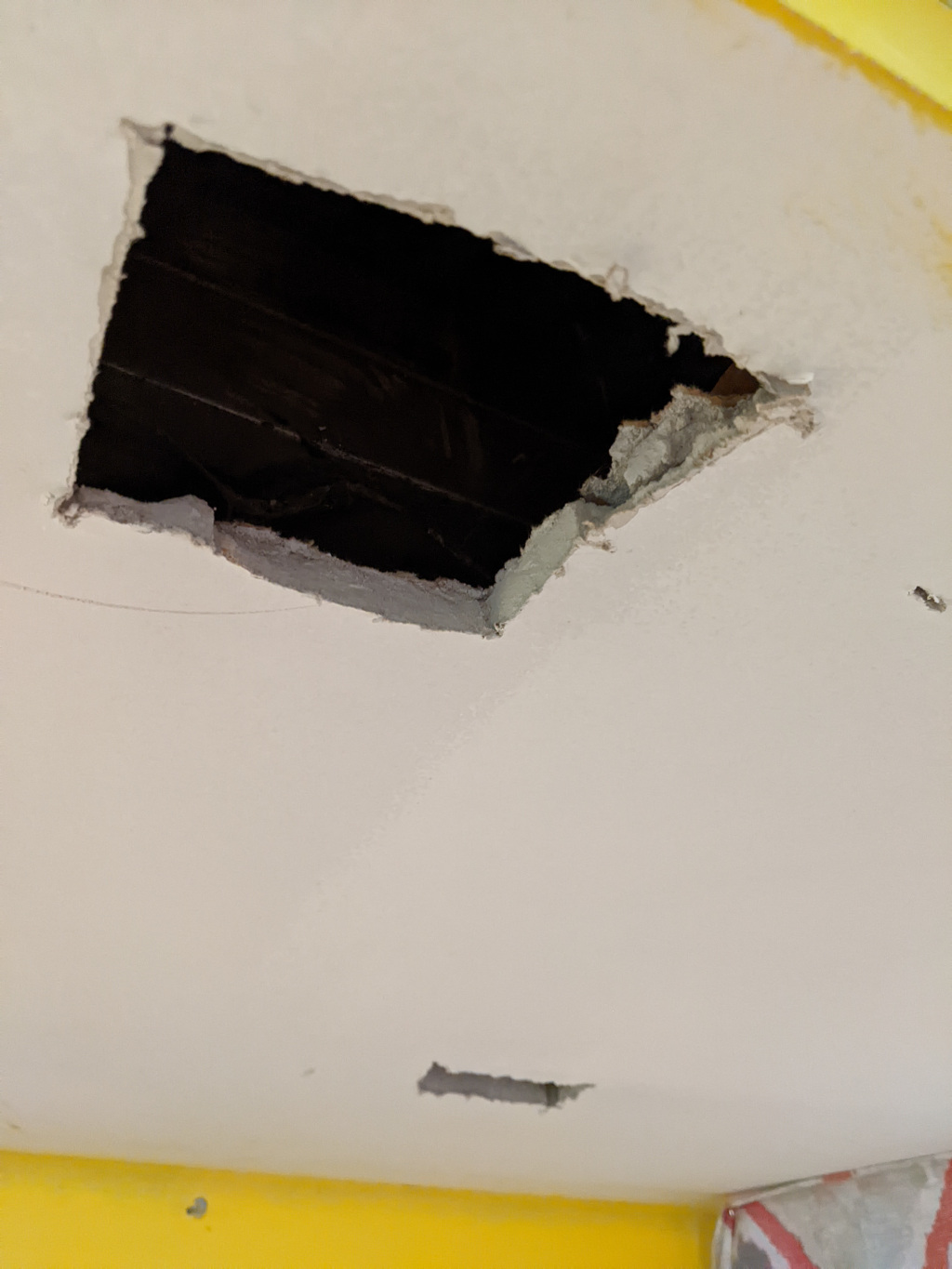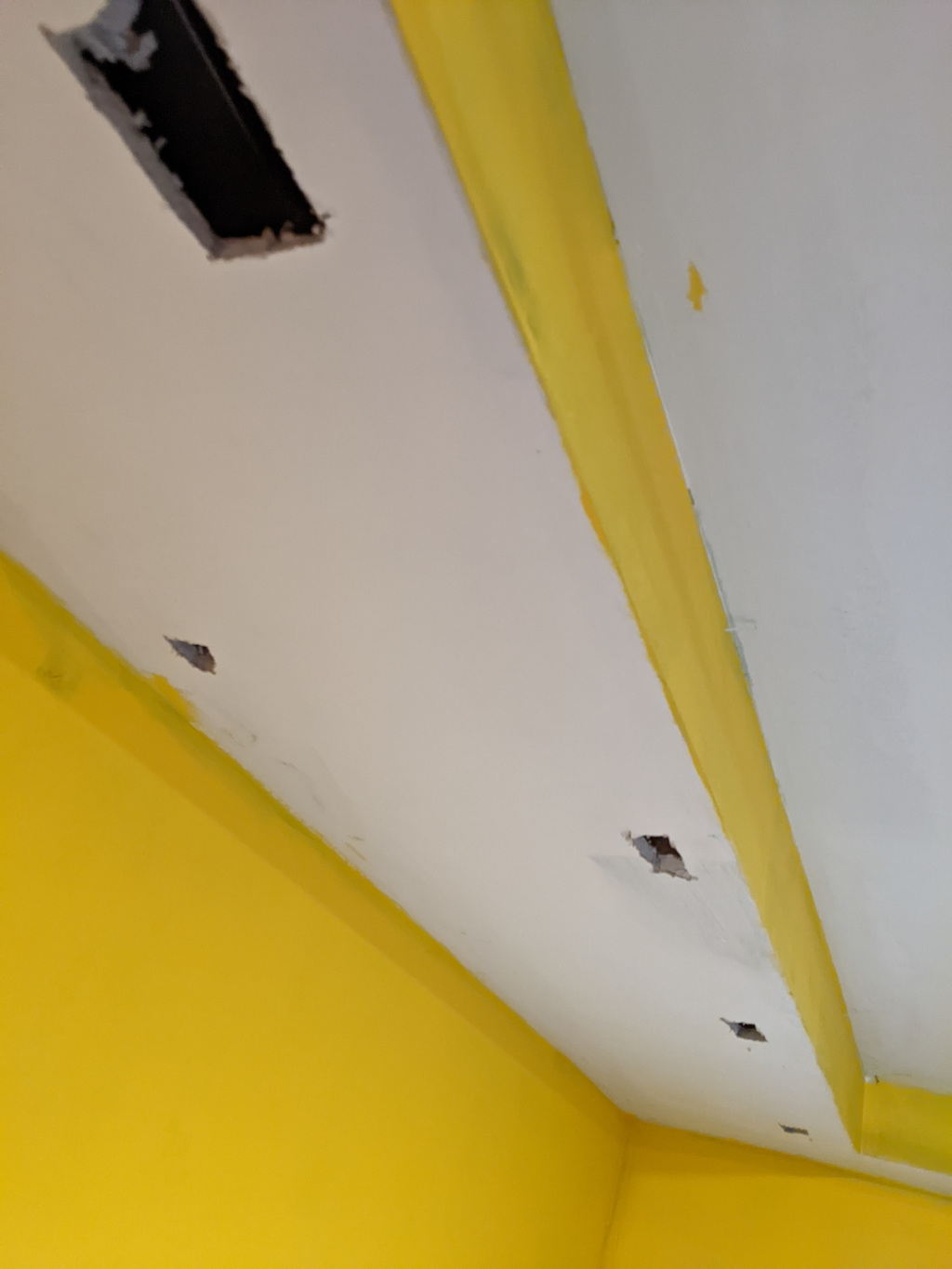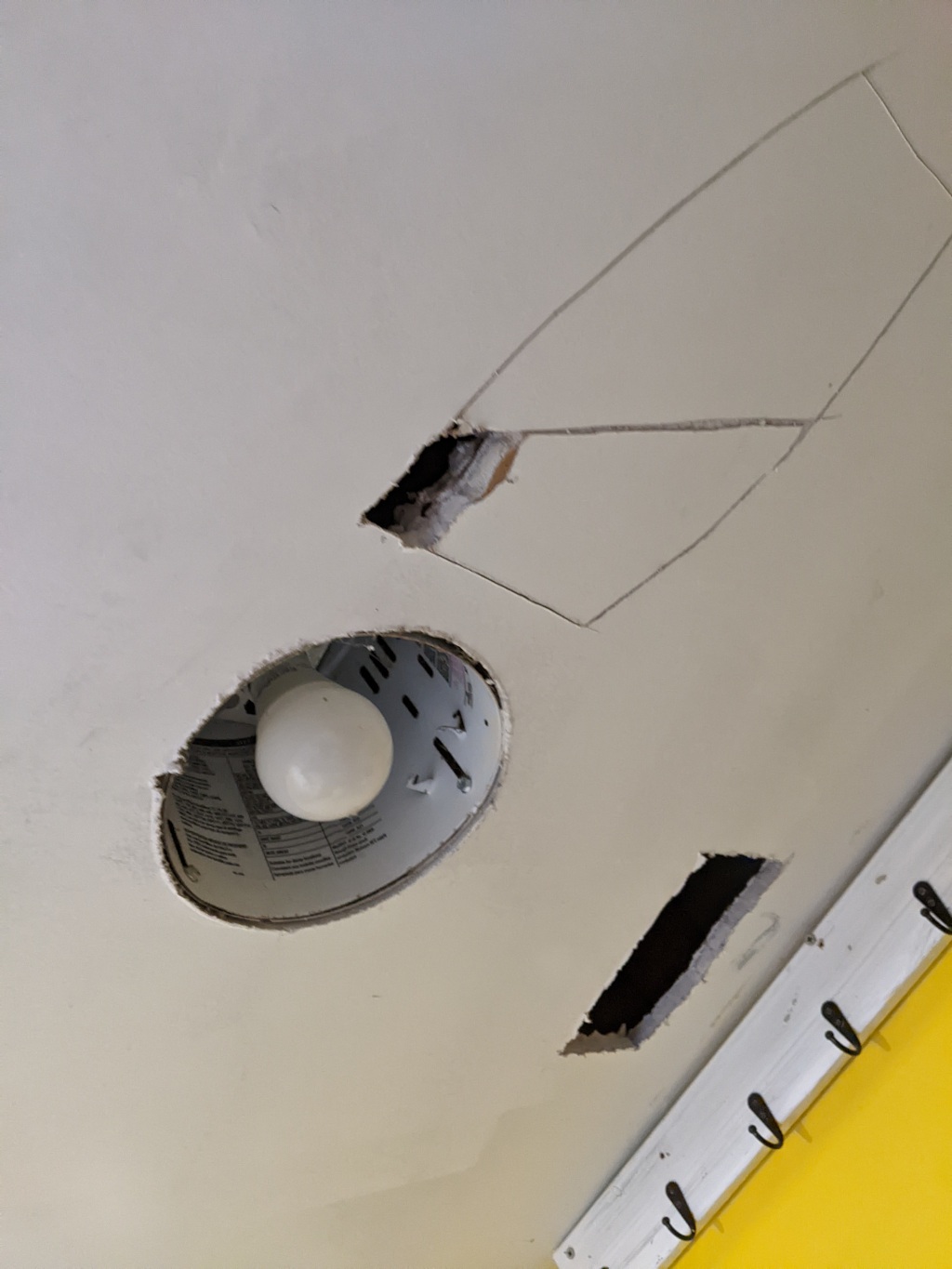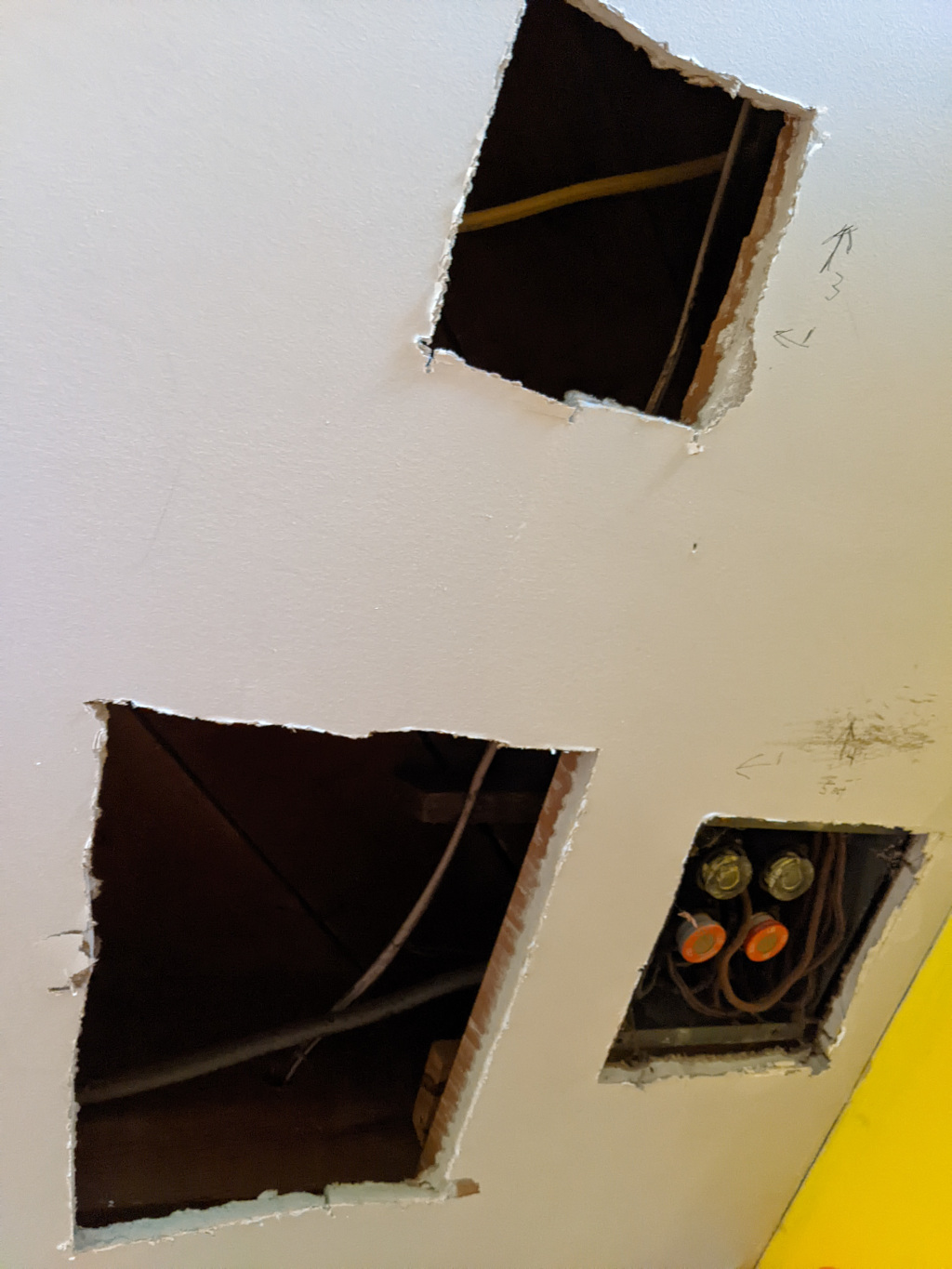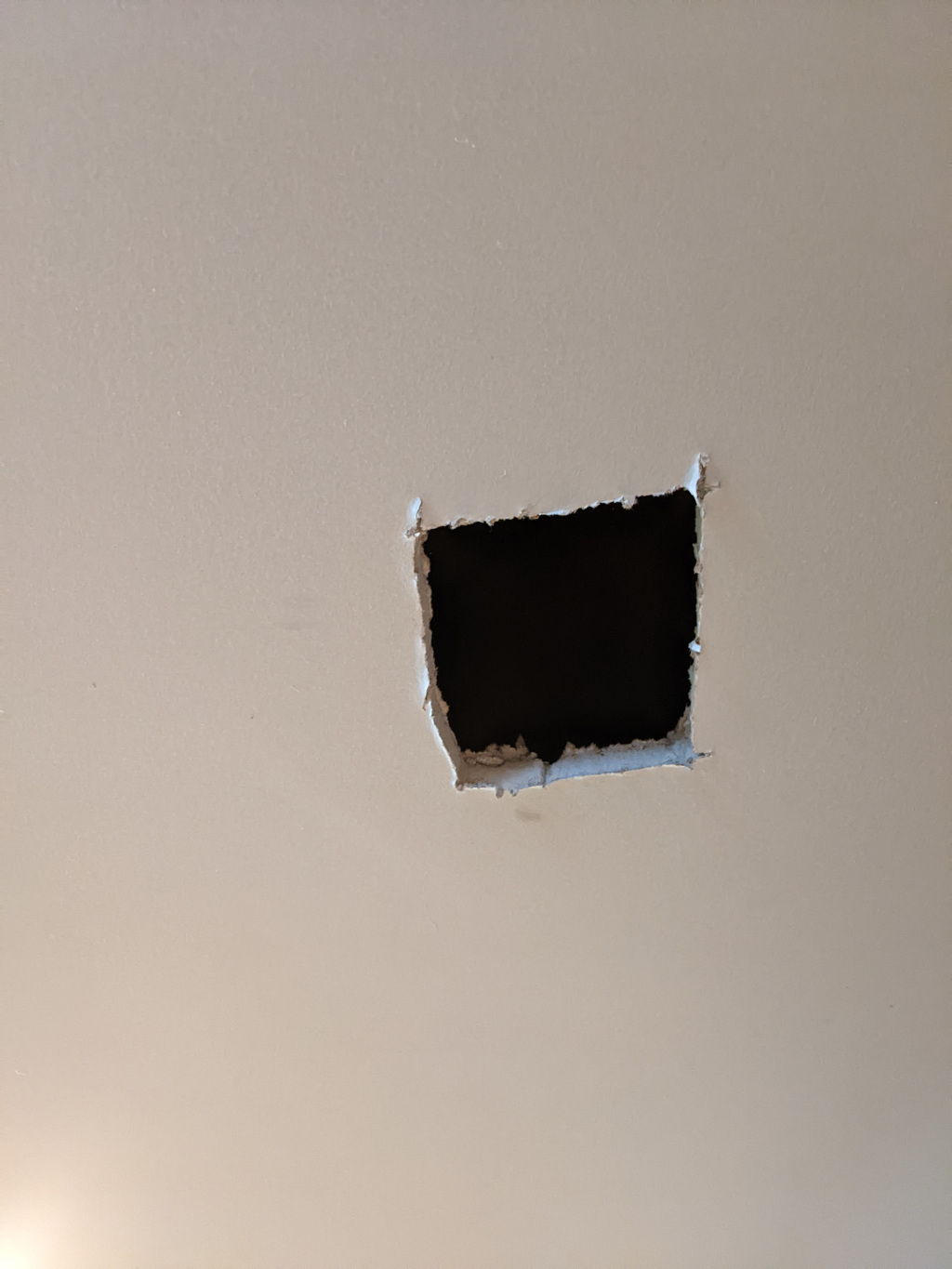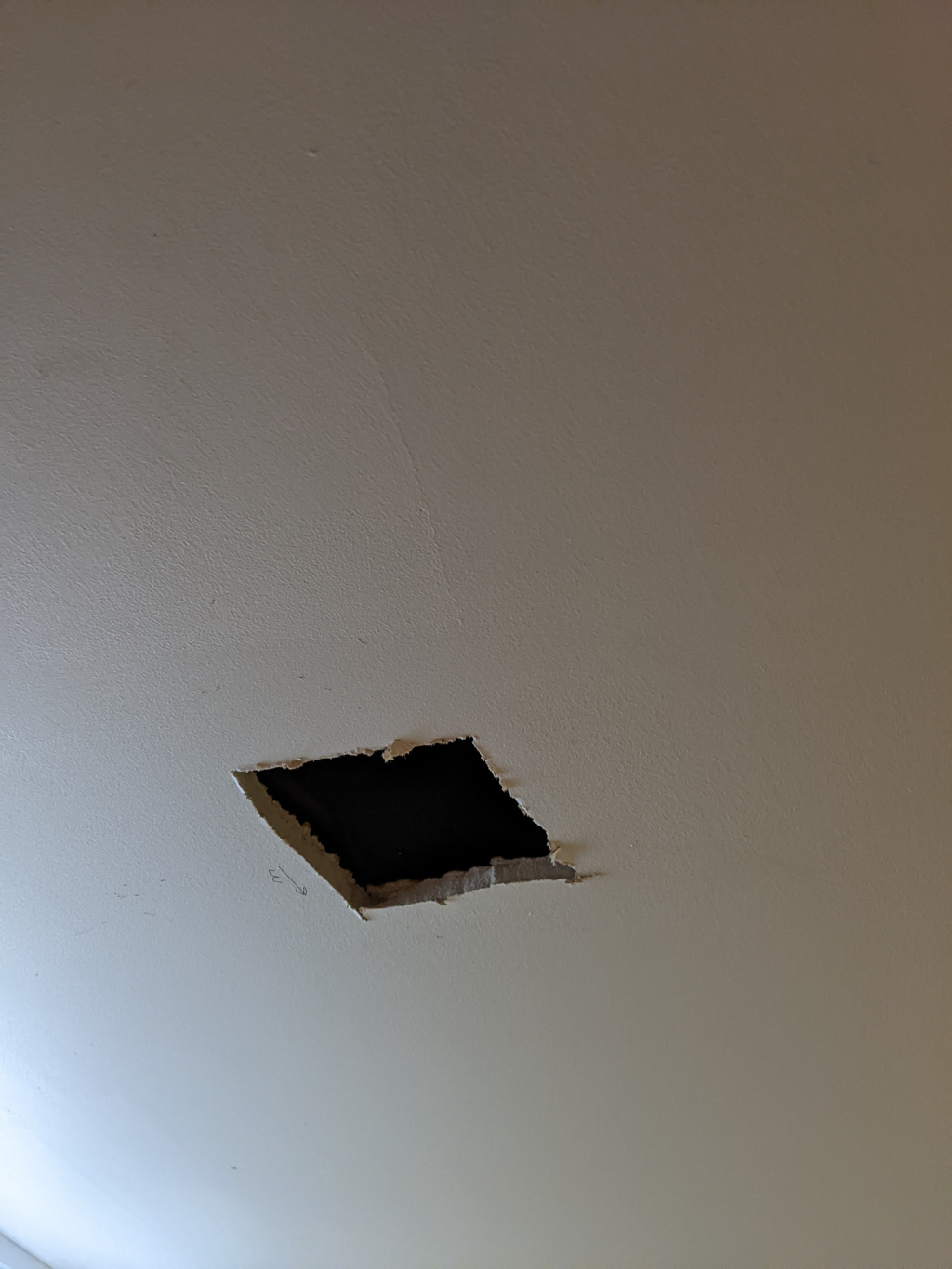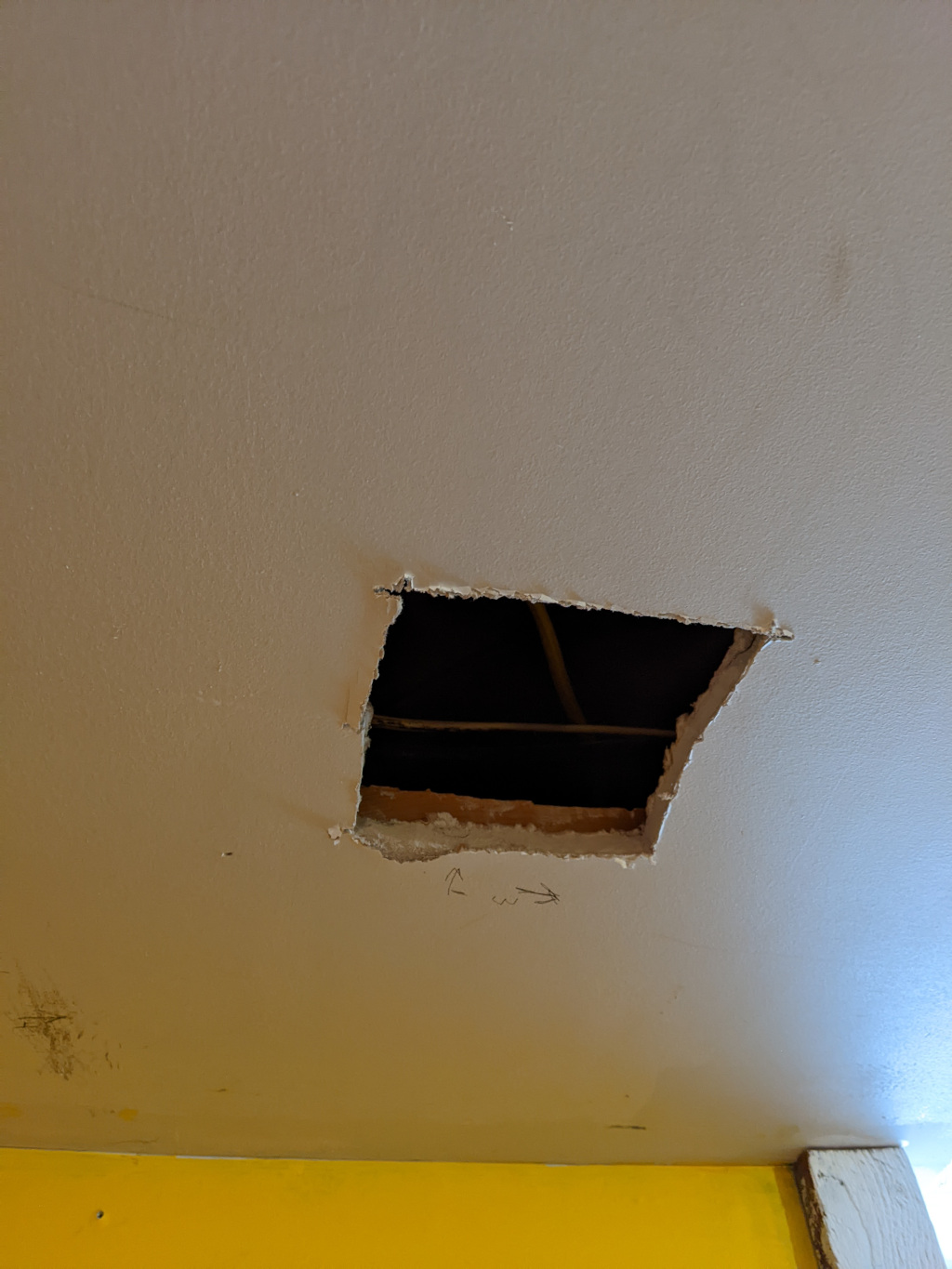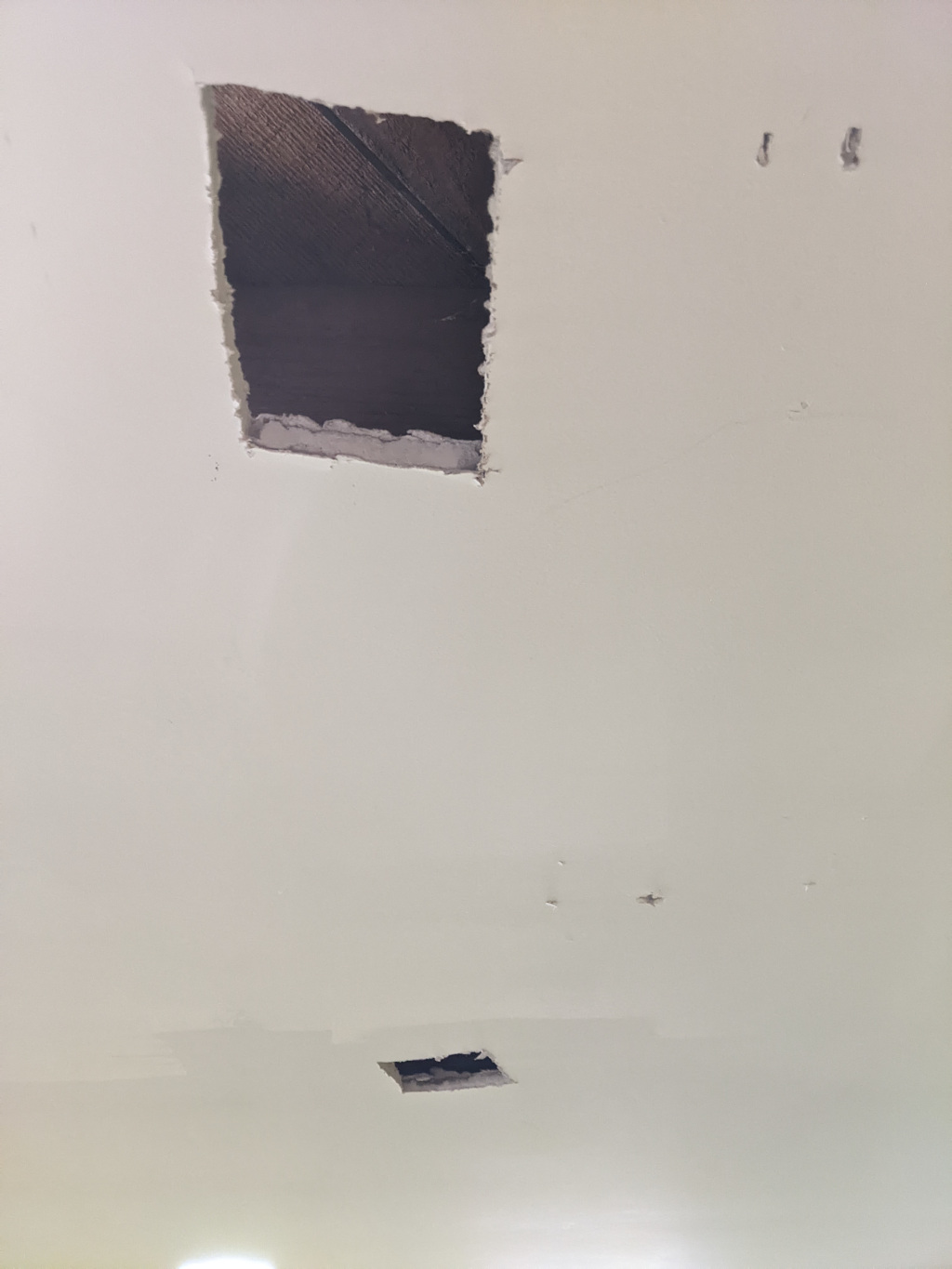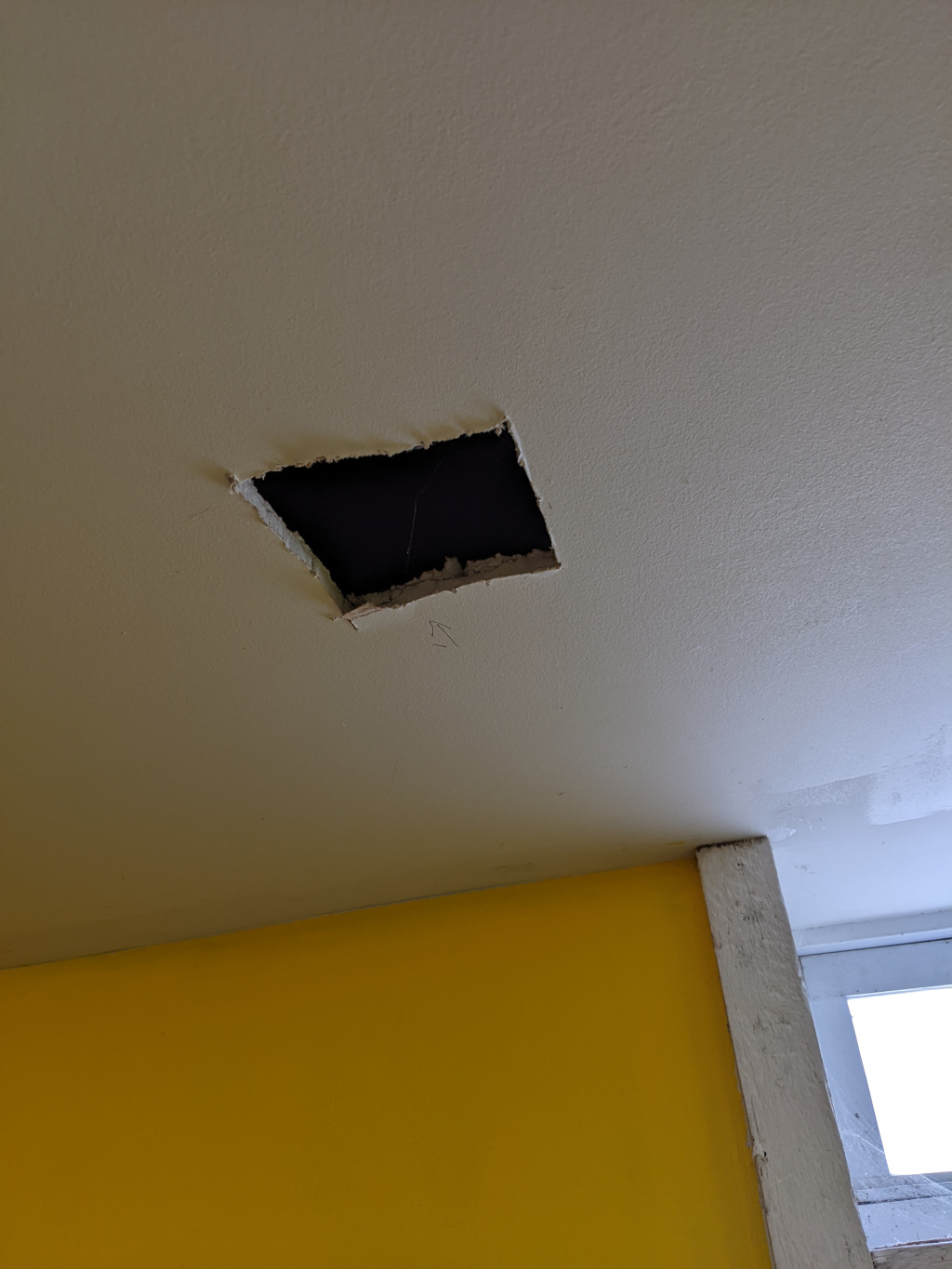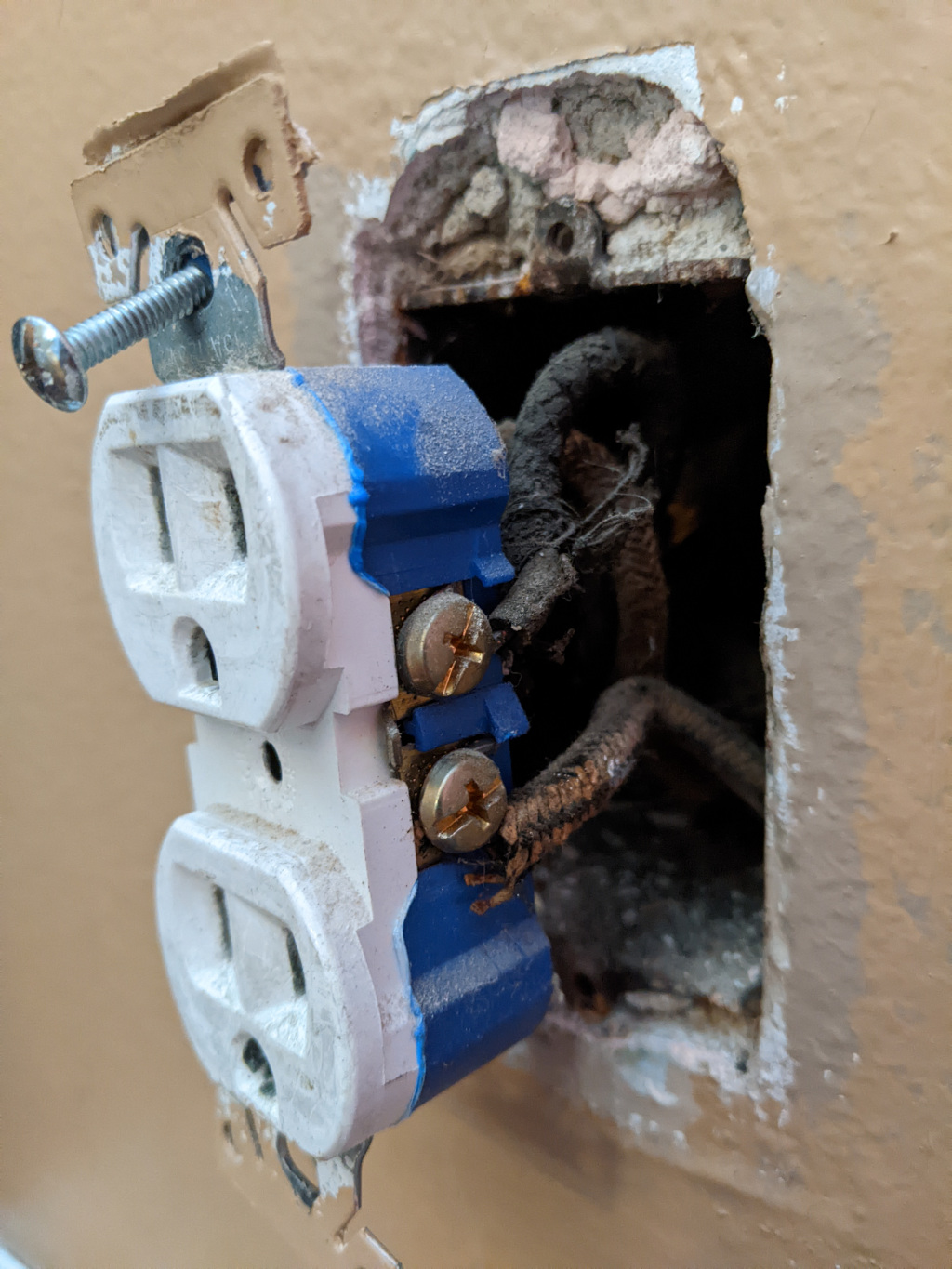My family and I live in a home we bought 4 years ago in a small town in the Midwest. The home was built in 1948 which means that the home regularly needs repairs and maintenance. The only thing is – home repair and maintenance is not my thing. I did grow up on a farm so I can get some basic things done, but I certainly don’t enjoy it.
About a year or so after moving into the home, two plug outlets in the living room stopped working. I naturally checked the circuit breaker but nothing was thrown. The only other option was a subpanel which had four fuses in it but after checking, each of them was working properly. I was baffled. But not having the budget for an electrician, I determined that I would have to get to the bottom of the issue myself.
I noticed something on the main breaker which was in the basement. It had a label that read, “2 sub panels by bar area” for two joined 40 amp breakers. “Ah”, I thought to myself, “there must be another subpanel that is hidden someplace.” But where could it be? I knew of the one with the four fuses in it and it was near what would have been the “bar area” (there no longer was a real bar). But that area of the basement seemed to have been newly drywalled before we purchased the house, probably to get it ready for sale. (I had noticed many things about that house that seem to have been quickly and shoddily thrown together just before the house went on the market. Could they have really drywalled over the other subpanel?)
Determined to find an answer, I took off the cover from the main breaker and started following the cable which would have to lead to both of the subpanels, the one I knew about and the one that was “lost”.
Once the cable entered the part of the basement that was drywalled, including the ceiling, it was impossible to follow the cable anymore. I concluded that I would have to cut holes in the ceiling drywall in order to follow the cable.
As you can imagine, sometimes the holes yielded useful information and other times I just had to make another hole.
Finally after 20 holes and following the cable to the fuse box and all of the ones coming out of it to see if it led to another fuse box, I came to a stark realization: There is no second fuse box!
2 sub panels by bar area
This label could only mean one thing: the “2 sub panels” were in fact two different sides of the one fuse box which I labeled H1 and H2 in the diagram I created below.
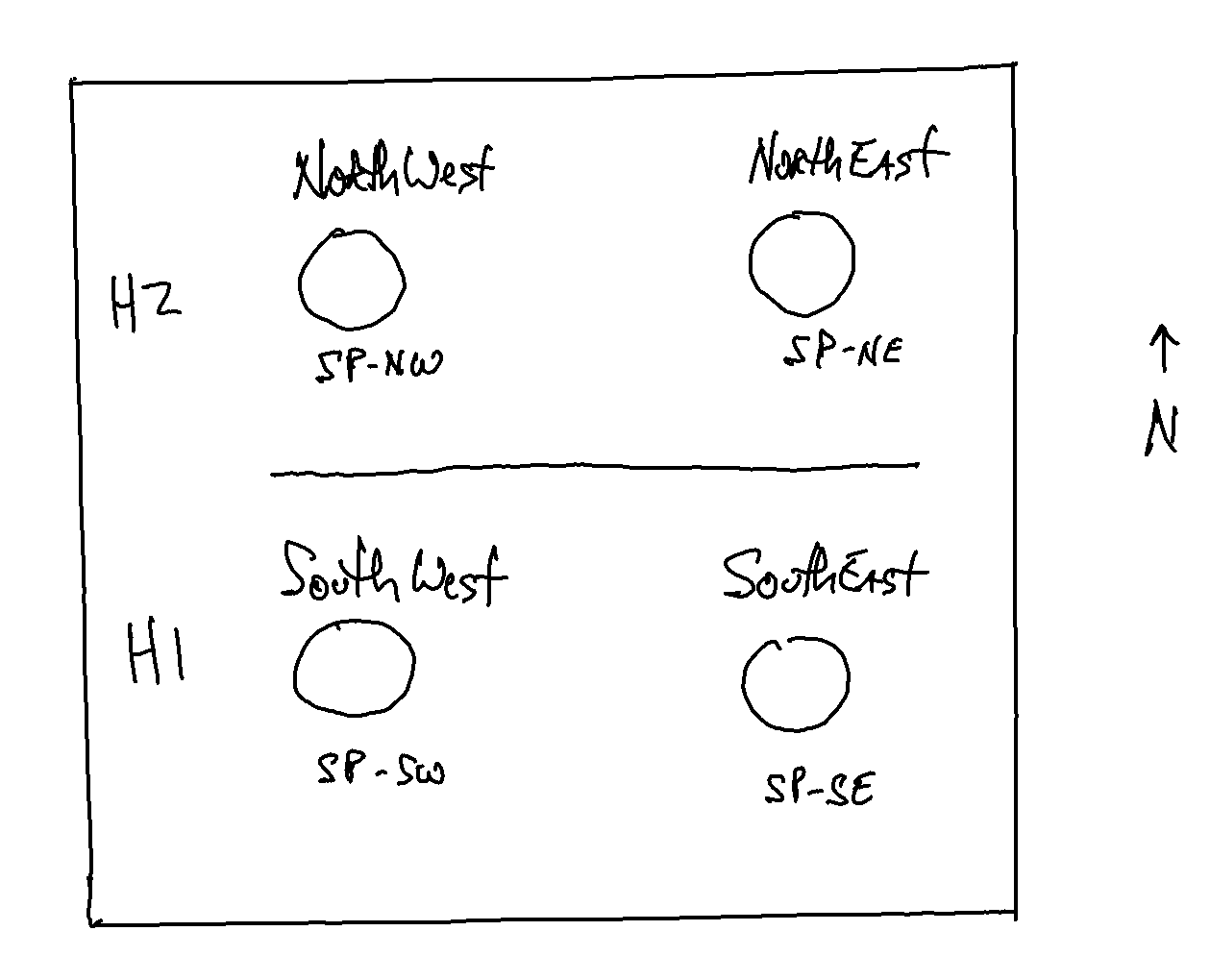
This was confirmed by the cable leading out of the main breaker panel which had two hots, one for each side of the one fuse box with two fuses per cable.
All of that to find out that there never was another subpanel at all and I still have not solved the electrical problem that caused two outlets in the living room on the main floor to be dead!
Many weeks later …
I dropped the project out of frustration for several weeks until one day I had a flicker of an idea about what might be the source of the issue. Outlets are often joined by wires running one to the other in parallel (I think, I’m not an electrician). I figured that the likelihood of a wire breaking in the middle of the wall was slim, but what if it broke or disconnected at one of the outlets themselves?
So, I pulled the fuse to the outlet that was working in the same room as the two that were not working. I took the outlet apart and pulled it out and what did I find? A broken wire right at the outlet. Five minutes later it was fixed and both of the outlets were working again.
Lesson learned: if possible, try the easy solutions first before cutting 20 holes in drywall following wires that you really don’t need to follow.
Next lesson: I will be learning how to repair drywall!
